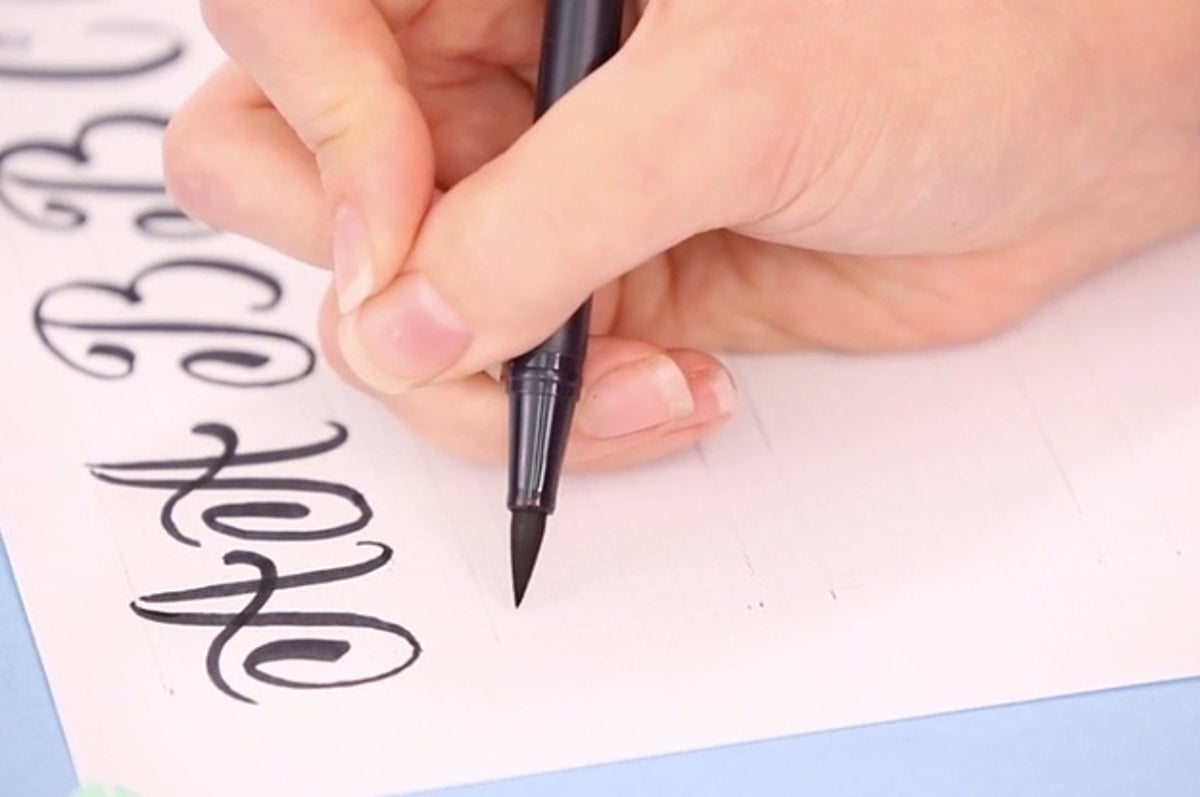
Calligraphy is an art form that has mesmerized people for centuries. The beauty and elegance of handwritten script have an allure that can captivate anyone who appreciates fine craftsmanship. Whether it’s the intricate brushstrokes of Chinese calligraphy or the sophisticated lettering of Western calligraphy, each style carries its own unique charm.
In this article, we will delve into the fascinating world of calligraphy and uncover 10 extraordinary facts that will enhance your understanding and appreciation of this ancient art form. From the origins of calligraphy to its impact on different cultures, get ready to be amazed by the rich history and cultural significance that calligraphy holds.
Key Takeaways:
- Calligraphy is an ancient art of beautiful writing that requires precision and attention to detail, and it continues to evolve with new styles and applications.
- Through calligraphy, individuals can express their unique style and personality, while the art form also plays a crucial role in preserving cultural heritage and promoting mindfulness.
Calligraphy is considered the art of beautiful writing.
In its simplest form, calligraphy is the art of writing in a visually appealing and decorative manner. It involves skilled craftsmanship and an artistic flair that transforms everyday writing into something extraordinary.
The history of calligraphy dates back thousands of years.
The origins of calligraphy can be traced back to ancient civilizations such as China, Egypt, and Mesopotamia. These early cultures recognized the power and beauty of written words, leading to the development of stylized scripts and intricate letterforms.
Calligraphy requires precision and attention to detail.
Mastering calligraphy is no easy task. It demands precision in letterforms, stroke thickness, and spacing. Calligraphers must possess a keen eye for detail and a steady hand to create stunning and visually balanced compositions.
There are various calligraphy styles from around the world.
Each culture has its own unique calligraphy styles, such as Chinese brush calligraphy, Arabic script, Japanese kanji, and Western calligraphy. These styles showcase different techniques, letterforms, and cultural influences.
Calligraphy is not limited to pen and paper.
While calligraphy is traditionally practiced using pen and paper, modern calligraphers have explored new mediums and surfaces. Calligraphy can now be seen on banners, murals, digital designs, and even tattoos.
Calligraphy promotes mindfulness and meditation.
The practice of calligraphy requires focused attention and a calm state of mind. Many calligraphers find solace in the rhythmic flow of ink on paper, allowing them to enter a tranquil meditative state while creating their art.
Calligraphy has been used to preserve cultural heritage.
Throughout history, calligraphy has played a crucial role in preserving cultural traditions and religious texts. From illuminated manuscripts to sacred scriptures, calligraphy has acted as a vessel for passing down knowledge and wisdom from one generation to the next.
Calligraphy is a form of self-expression.
Calligraphy allows individuals to express their unique style and personality through their writing. Whether it’s using bold and flourishing scripts or minimalist and understated letterforms, calligraphy provides a creative outlet for self-expression.
Calligraphy is used in various applications.
Calligraphy finds its place in a wide range of applications, including wedding invitations, logo designs, certificates, signage, and typography. Its elegant and decorative nature adds a touch of sophistication to any design or occasion.
Calligraphy continues to evolve and adapt.
While rooted in tradition, calligraphy constantly evolves as artists push the boundaries of the art form. New techniques, materials, and styles emerge, allowing calligraphy to remain a dynamic and ever-changing art form.
Conclusion
Calligraphy is not just an art form, but a true testament to the creativity and skill of those who practice it. From its ancient origins to its modern-day adaptations, calligraphy has captivated people all over the world. Through this article, we have explored 10 extraordinary facts about calligraphy that shed light on its rich history and significance.
Whether you are an aspiring calligrapher or simply appreciate the beauty of this art form, these facts have hopefully deepened your understanding and admiration for calligraphy. From its deep cultural roots to its various styles and techniques, calligraphy continues to inspire and enchant people of all backgrounds.
So, the next time you witness the elegance and precision of calligraphy, remember the remarkable journey that this art form has taken throughout history, and appreciate the skill and dedication behind each stroke of the pen.
FAQs
Q: What is calligraphy?
A: Calligraphy is the art of decorative writing. It involves using various tools, such as pens or brushes, to create precise and visually pleasing lettering.
Q: How long has calligraphy been practiced?
A: Calligraphy has been practiced for centuries and has its roots in ancient civilizations like Egypt, China, and Greece.
Q: What are some famous calligraphy styles?
A: Some famous calligraphy styles include Chinese calligraphy, Arabic calligraphy, and Western calligraphy styles like Copperplate and Gothic.
Q: Can calligraphy be learned by anyone?
A: Yes, calligraphy can be learned by anyone with practice and dedication. While it does require patience and precision, anyone can improve their calligraphy skills with time.
Q: What materials are needed for calligraphy?
A: The materials needed for calligraphy include pens or brushes, ink or paint, and paper. There are also various calligraphy kits available that provide all the necessary tools.
Q: Is calligraphy still relevant in the digital age?
A: Absolutely! While digital technology has changed the way we communicate, calligraphy has not lost its charm. It continues to be valued and practiced, both as an art form and for special occasions like weddings and formal events.
Q: Can calligraphy be a career?
A: Yes, calligraphy can be pursued as a career. Many calligraphers offer their services for custom projects or become teachers, sharing their knowledge and skills with others.
Q: How long does it take to become proficient in calligraphy?
A: The time it takes to become proficient in calligraphy varies depending on individual dedication and practice. It can take several months to years to develop a high level of skill and mastery.
Q: Can calligraphy be therapeutic?
A: Yes, calligraphy has been found to have therapeutic benefits. The focused and repetitive nature of the practice can help reduce stress, improve concentration, and promote mindfulness.
Q: Is calligraphy only for writing letters and invitations?
A: No, calligraphy can be applied to various mediums and art forms. It can be used for creating artwork, designing logos, or adding a personal touch to handmade crafts.
Calligraphy's extraordinary history and cultural significance make it a fascinating art form to explore. Delving deeper into calligraphy's intricacies, you might find yourself eager to try your hand at this beautiful craft using the best tools available. Calligraphy's influence can be seen in stunning architectural marvels like Abu Darwish Mosque, where its intricate designs adorn the walls. Antique markets, such as Panjiayuan in Beijing, offer a treasure trove of calligraphic works and other cultural artifacts that showcase the enduring beauty of this ancient art.
Was this page helpful?
Our commitment to delivering trustworthy and engaging content is at the heart of what we do. Each fact on our site is contributed by real users like you, bringing a wealth of diverse insights and information. To ensure the highest standards of accuracy and reliability, our dedicated editors meticulously review each submission. This process guarantees that the facts we share are not only fascinating but also credible. Trust in our commitment to quality and authenticity as you explore and learn with us.


